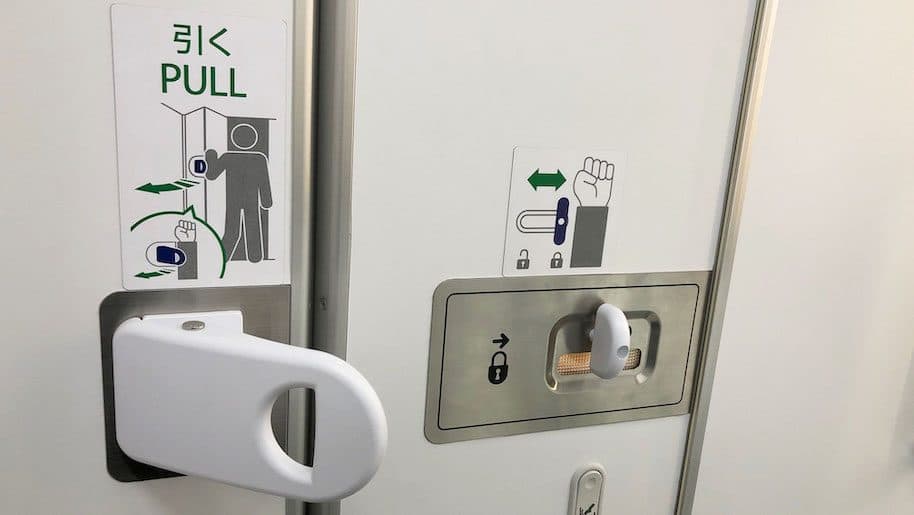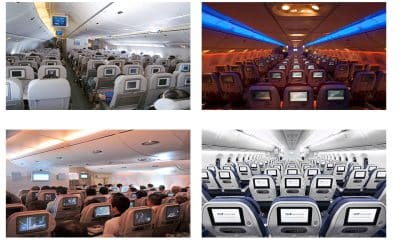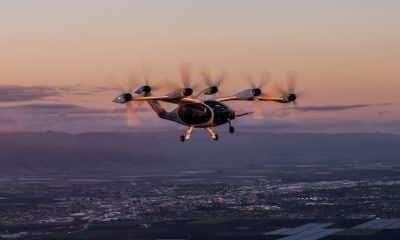Tech
ANA to Install World’s First Hands-free Lavatory Doors on 21 Aircrafts

-
As part of the ANA Care Promise initiative, the doors will help reduce physical contact onboard aircraft and limit the potential spread of pathogens
TOKYO, April 28, 2021 – All Nippon Airways (ANA), Japan’s largest and 5-Star airline for eight consecutive years, has partnered with JAMCO Corporation to develop the world’s first hands-free door that allows easy access to lavatories on its aircraft. The innovative door was developed as part of the ANA Care Promise![]() initiative, and will help limit potential vectors for the transmission of pathogens. The first hands-free doors will be introduced to domestic flights starting May 1.
initiative, and will help limit potential vectors for the transmission of pathogens. The first hands-free doors will be introduced to domestic flights starting May 1.
“Guided by the principles of ANA Care Promise, we have continued to invest in the development and implementation of innovative technologies because the health and safety of passengers and our staff is the top priority,” said Shinichi Inoue, Senior Executive Vice President, Customer Experience Management & Planning. “The hands-free lavatory door is the latest example of us putting this principle into practice as we look for ways to make the travel experience safer and more convenient.”
The new lavatory door is equipped with a large inner door locking knob and an additional handle so that passengers can use their elbows to unlock the door. Because the door mechanism is different to those found on other aircraft, signage has been placed near the lavatory to provide operational instructions.
The hands-free lavatory will be installed on 11 Boeing 787-8 aircraft, two Boeing 787-9 aircraft, and eight Boeing 777-200. The initial installation will be for aircrafts serving domestic routes, while ANA hopes to introduce the system to all domestic and international aircraft in the future.
Runway dining in Boeing 777 proving hit in Japan
To help mitigate the spread of COVID-19 and other pathogens, ANA has instituted the ANA Care Promise program which goes above and beyond the recommendations from public health officials in order to keep passengers and employees healthy. With such efforts, ANA is the first airline in Asia and only the fourth in the world to receive the SKYTRAX Airline Safety 5-Star rating which confirms the effectiveness of ANA Care Promise.

Aerospace
India is currently in the process of developing its own 72-seater aircraft.
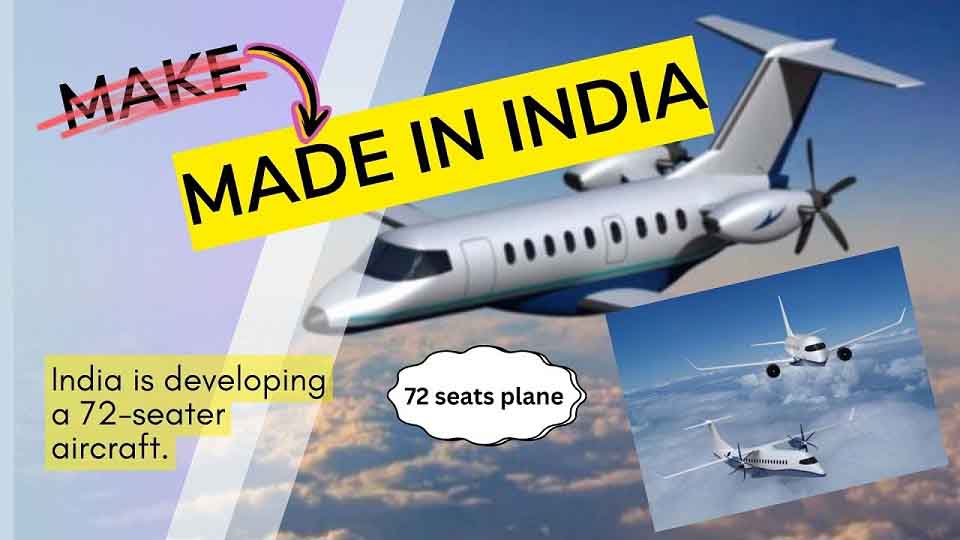
India stands on the cusp of pioneering its aircraft development, a potential reality in the near future. With the Indian aviation market poised to become one of the world’s top five largest markets, there’s a burgeoning demand for carriers like Indigo, Air India, and Akasa. Together, they’ve placed orders for over 1400 aircraft from Boeing and Airbus, marking one of the highest orders in the aviation industry.
‘Made in India’ passenger aircraft.
To transform the dream of a ‘Made in India’ passenger aircraft into reality and propel the local aerospace ecosystem, India requires a comprehensive National Aerospace Policy. Notably, Airbus and Boeing have yet to establish final aircraft assembly lines (FALs) within India, spurred by the significant orders received.
India has exerted considerable pressure to establish assembly lines domestically, mirroring the success of similar initiatives abroad. With its aviation market growing at an unprecedented rate, India boasts the largest order book for new aircraft, estimated at a staggering $70 billion over the next decade. Existing airports bustle with travelers while new ones are either under construction or in the planning phase.
The timeline for India to realize the Prime Minister’s vision of a Made in India commercial aircraft hinges on various factors. Leveraging its prowess in exporting IT services and aerospace technologies, India is poised for the next stage of development.
The success rate of China’s C919 and ARJ21.
In the realm of commercial aerospace manufacturing, Europe and the US have long held the reins, but China has emerged as a formidable contender in recent years. China’s journey began in 2002 with the ARJ21, a regional jet, and later the C919, a larger narrow-body aircraft. While the ARJ21 encountered delays and is seen as a modest achievement, the C919 boasts over one thousand orders, marking a significant success.
Both programs heavily rely on foreign technologies sourced from global original equipment manufacturers (OEMs), underscoring the importance of collaborations and creating an appealing environment for foreign companies to operate within China.
Indian HAL has 80 years of history.
India, too, boasts a rapidly growing aerospace sector that traces its roots back to pre-independence times, predating China’s endeavors by over 60 years. Hindustan Aeronautics Ltd (HAL), initially established as Hindustan Aircraft Ltd in 1940, spearheaded this journey. Given its early establishment, India was poised to become a major player in aerospace manufacturing.
HAL shoulders much of the responsibility for developing aircraft for defense purposes, including the TEJAS, attack and multirole helicopters, trainer aircraft, and notably, the Dornier D228, a passenger version aircraft representing a significant breakthrough for the Indian Aerospace Industry. Demand for helicopters is also on the rise, further showcasing India’s potential in the aerospace domain.
India’s aviation market Demand.
One drawback in the defense sector is the inherent uncertainty surrounding government budgets and delays in allocating funds for helicopter purchases. On the civilian front, aircraft demand remains consistently high, especially when they meet passenger needs and receive regular approvals from authorities.
India’s aviation market is distinct, calling for unique aircraft programs. With a high density of flyers, there’s a prevalent preference for short-haul flights from rural areas to major cities. As the air travel network expands to Tier-2 and Tier-3 cities, the number of operational airports is expected to surge from the current 140 to 230-240.
The demand for smaller aircraft, particularly for serving Tier 1-3 cities, is paramount for airlines. While the Dornier aircraft has been utilized for some routes, its availability limitations and noise levels have raised concerns. Jet planes emerge as preferable options for Indian travelers due to their efficiency and comfort, aligning better with the needs of airlines.
Establishing a sustainable aircraft program requires long-term commitment and substantial risk capital, often necessitating government support akin to what’s observed in developed markets. For instance, COMAC, over its lifetime, received significant state-related support ranging from $49-72 billion, while Airbus, over the years, obtained $22 billion from the EU.
Encouraging private investment is crucial for fostering growth in the aerospace sector and nurturing indigenous aircraft development in India. Such initiatives could significantly bolster the country’s aviation industry and enhance its self-reliance in this critical domain.
Indian Regional Jet (IRJ).
Introducing the Indian Regional Jet (IRJ), a cutting-edge project led by India’s National Aerospace Laboratories (NAL) and set to be manufactured by Hindustan Aeronautics Limited (HAL). This regional airliner aims to redefine air travel with its design, offering a capacity of 80–100 passengers. The base model, known as the RTA-70, will boast 80–90 seats while distinguishing itself with a cost that’s 20 percent lower than its global counterparts.
Development is well underway, with plans for a 90-seater variant expected to take flight by 2026. This next-generation aircraft promises impressive specs, including a range of 1,350 nm (2,500 km), and requiring a take-off and landing field length of 900m (2,950 ft). With dimensions of 28.6m in length and a wingspan of 29.4m, it reaches a service ceiling of 30,000 ft and cruises at 300kt, all while meeting Stage 4 noise criteria.
Saras Aircraft.
Meanwhile, NAL’s innovative spirit extends to the NAL Saras, another project in the works. Already, prototypes like the Mark1 and its successor, the second version dubbed ‘Mark 2,’ are pushing boundaries. The Saras Mark 2 showcases versatility, offering ranges of 600 km with 19 passengers, 1,200 km with 14 passengers, and an impressive 2,000 km with eight passengers. With a top cruise speed exceeding 600 km/h and an endurance of six hours, it’s a game-changer.
Weights
Max. take-off : 7600 kg (16755 lb)
Operating empty wt. : 5100 kg (11244 lb)
Max. fuel weight : 1832 kg (4039 lb)
Max. pay load : 1710 kg (3770 lb)
Power plant
SARAS is powered by two Pratt and Whitney Canada.
PT6A-67A turbo-prop engines (flat rated to 1200 shp)
driving 2.6 m diameter 5 bladed constant speed propellers
at 1700 rpm in a Tractor configuration.
Main dimensions
Span : 18 m (59.05 ft)
Length : 17.3 m (56.8 ft)
Height : 5.5 m (18 ft)
Performance (ISA)
Take-off distance : 820 m (2690 ft)
Landing distance : 665 m (2182 ft)
Max. rate of climb : 10 m/s (1980 ft/min)
Max. range* (19 pax) : 750 km (405 nm)
Max. range* (10 pax) : 2350 km (1270 nm)
Ferry range* : 2400 km (1295 nm)
Max. cruise speed : 485 km/hr (260 Kts)
Endurance : 6 hours . With 45 min reserve
Equipped with propeller engines initially, the Saras is poised for future upgrades to jet engines if project requirements align. NAL’s ambition shines through in its cost-effective approach, targeting ₹50 crore per unit for the Saras Mk2, undercutting the ₹55 crore Dornier 228 with its unpressurized cabin and altitude restrictions. Anticipating government support, NAL aims to secure orders for 50-60 units to ensure manufacturing viability, with an initial order of 15 aircraft from the Indian Air Force potentially expanding to 120–140 units in the coming years.
Tech
Boeing’s Software Advances Enable Future Manned-Unmanned Refueling
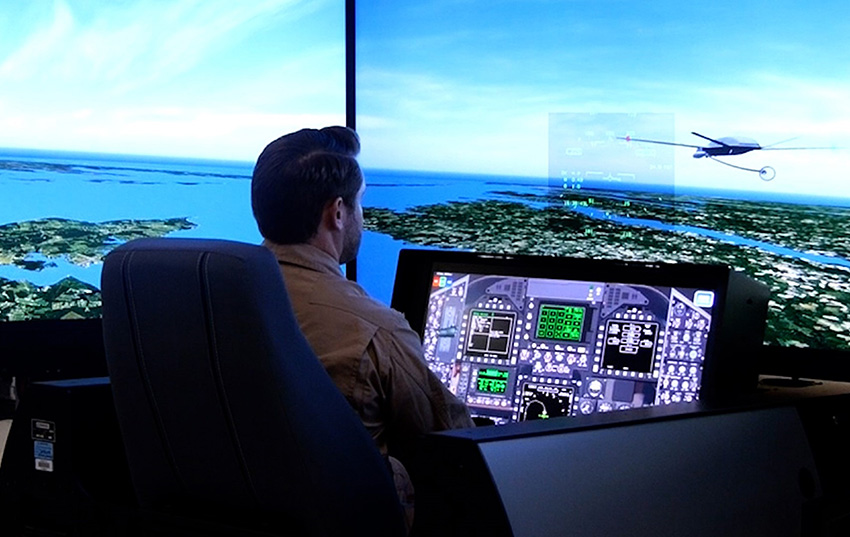
Boeing has used a digital F/A-18 Super Hornet and MQ-25 Stingray to develop its manned-unmanned teaming technology.
Testing reveals that the software is developing for prospective use by the US Navy in the future, including the possibility of deploying the teaming capability on F/A-18 Block II and III Super Hornets.
A Boeing-led team used the platforms’ current communications links to practically simulate an F/A-18 pilot controlling an unmanned MQ-25 to release a refuelling drogue and refuel the Super Hornet in a simulator lab.
The upgraded software is an evolution of earlier experiments conducted by Boeing. To further demonstrate Boeing’s preparedness to provide this capability to the Navy, test teams not only changed the software but also brought in hardware and datalinks that were already set up on both platforms to run the finished product.
Pilots will have more flexibility when refuelling from larger distances because to the software developed by Boeing, which will drastically shorten the time it takes for an F/A-18 to communicate with a MQ-25.
“MUM-T refuelling was intended to be as realistic as possible,” stated Juan Cajigas, the director of the Advanced MQ-25 programme. Aerial refuelling resembles a ballet performed by two aircraft joining forces. The ability for a single pilot to safely and effectively oversee the operations is a significant advancement in aerial refuelling technology.
Tech
Air New Zealand to Introduce Battery-Powered Flights
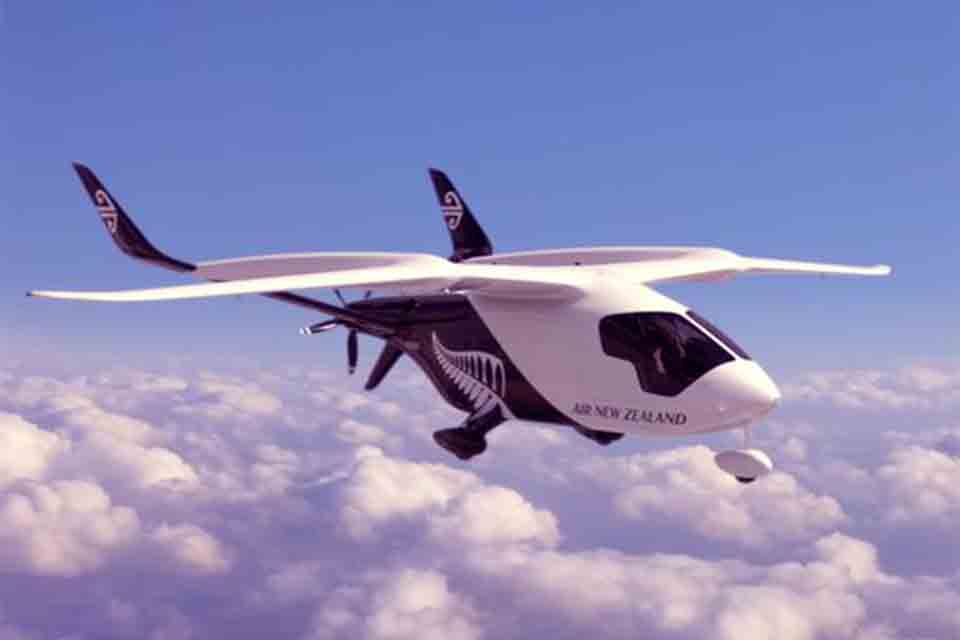
In a groundbreaking move towards sustainable aviation, Air New Zealand has revealed its selection of Wellington and Marlborough Airports as the key ports for its inaugural all-electric aircraft operations.
The airline’s choice marks a significant step in its commitment to reducing carbon emissions in the aviation sector. The selected route for the debut flights with the Beta ALIA aircraft, named the ALIA CTOL, will encompass commercial demonstrator flights between Wellington and Marlborough. Initially, Air New Zealand will focus on cargo-only operations in collaboration with NZ Post, with flights expected to commence in 2026.
Wellington Airport has been designated as the primary hub for Air New Zealand’s pioneering venture into next-generation aircraft. Meanwhile, Marlborough Airport will also play a crucial role by establishing charging infrastructure to facilitate the aircraft’s operations, ensuring a seamless and sustainable journey.
Matt Clarke, CEO of Wellington Airport, expressed enthusiasm for the opportunity to host the commercial demonstrator flights, emphasizing the airport’s commitment to driving change in the aviation industry. He highlighted the significance of this partnership in advancing the decarbonization efforts within New Zealand and beyond.
“Partnering with Air New Zealand to host the commercial demonstrator is a giant leap for sustainable aviation, providing the basis for all airports to prepare for the next generation of aircraft technology.
Decarbonizing aviation is recognized as a critical global endeavor, and in New Zealand, maintaining regional connectivity throughout this transition is deemed of national importance. With the introduction of all-electric flights, Air New Zealand aims to lead by example, setting a precedent for eco-conscious aviation practices worldwide.


